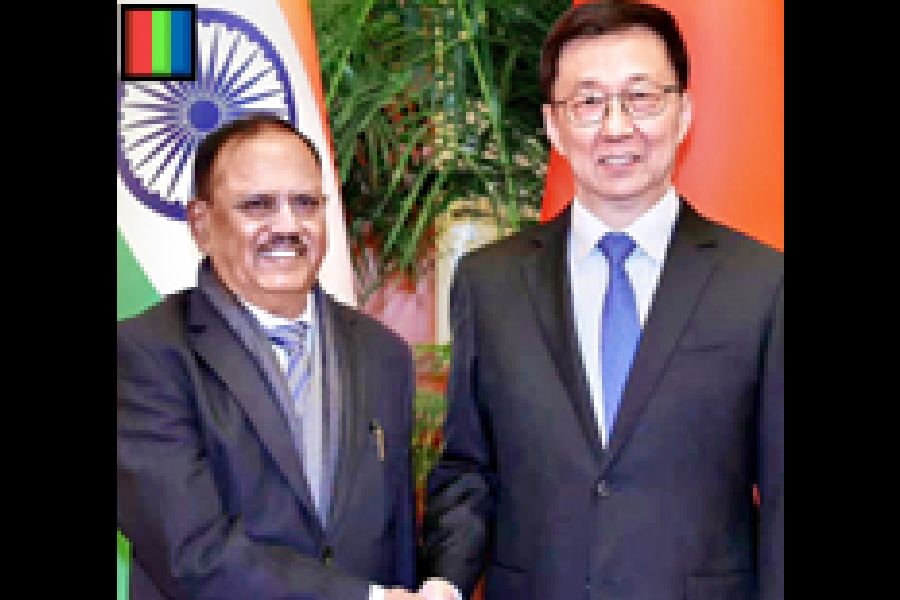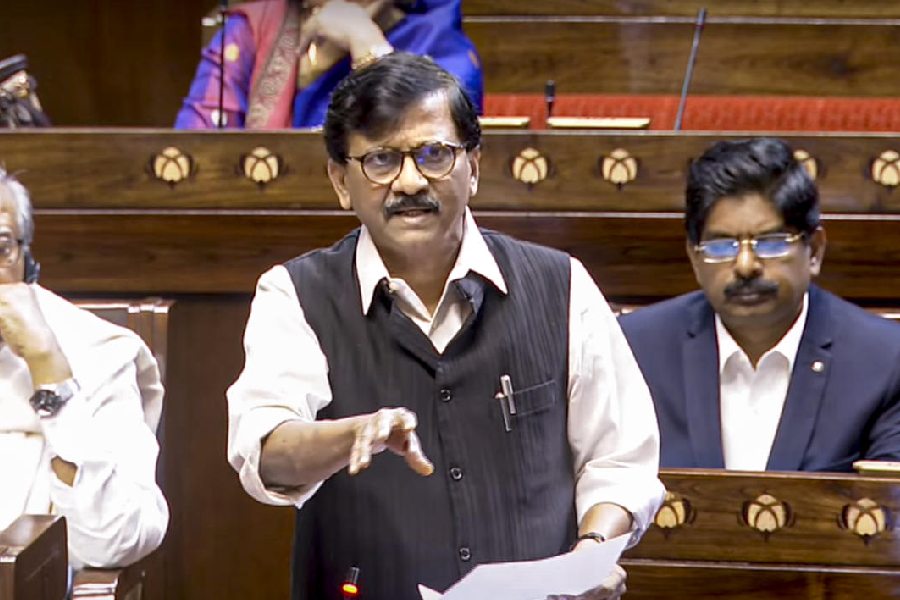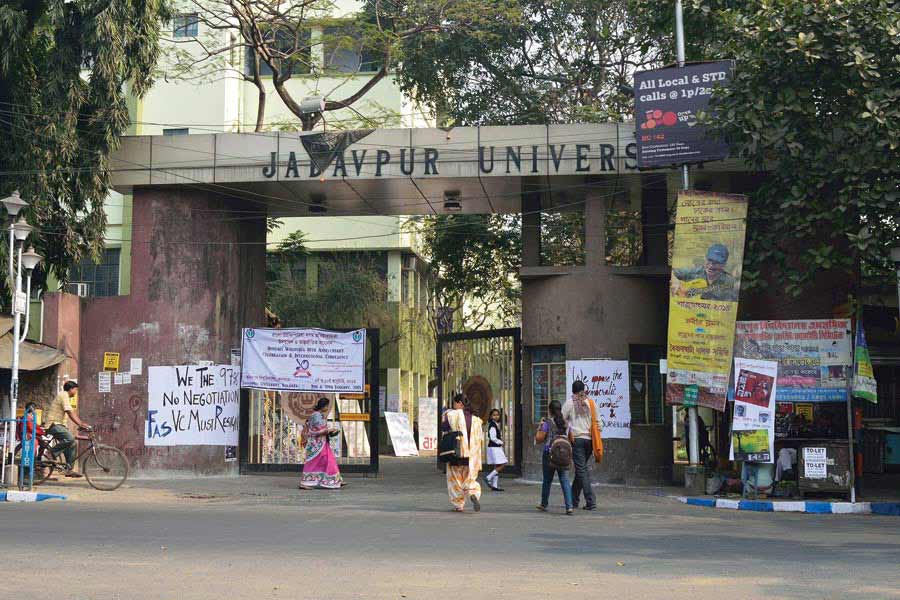China appeared more optimistic than India about the first special representatives’ meeting since the 2020 Galwan clash, claiming that the two sides have reached six points of consensus on Wednesday at the 23rd round of this mechanism.
The Indian readout was much more guarded in comparison and talked of consensus more as a target than an achievement.
In keeping with Beijing’s repeated stance that the border situation should not be allowed to eclipse the relationship, the Chinese foreign ministry said both sides had agreed that border issues should be handled appropriately in the context of the overall bilateral relationship to ensure they do not affect the development of ties.
According to China, the two sides reaffirmed their commitment to continuing to seek a fair, reasonable and mutually acceptable solution to the border issue in accordance with the political guiding principles agreed upon by the two countries’ special representatives in 2005. While the Indian readout talks of working on solving the “boundary question”, there is no mention of the 2005 agreement.
China’s statement suggests Beijing has gone back to pegging bilateral ties in a UPA-era agreement. It was during Jawaharlal Nehru’s tenure as Prime Minister that the Panchsheel Agreement, also known as the Five Principles of Peaceful Coexistence, was signed on April 29, 1954, between India and China.
Other points of consensus, according to China, include fine-tuning the management rules for the border areas and strengthening confidence-building measures to achieve sustainable peace and stability along the border, enhancing cross-border communication and cooperation, promoting the resumption of pilgrimages by Indian pilgrims to “Xizang” (Tibet), cooperation on cross-border rivers, and trade at the Nathu La Pass.











